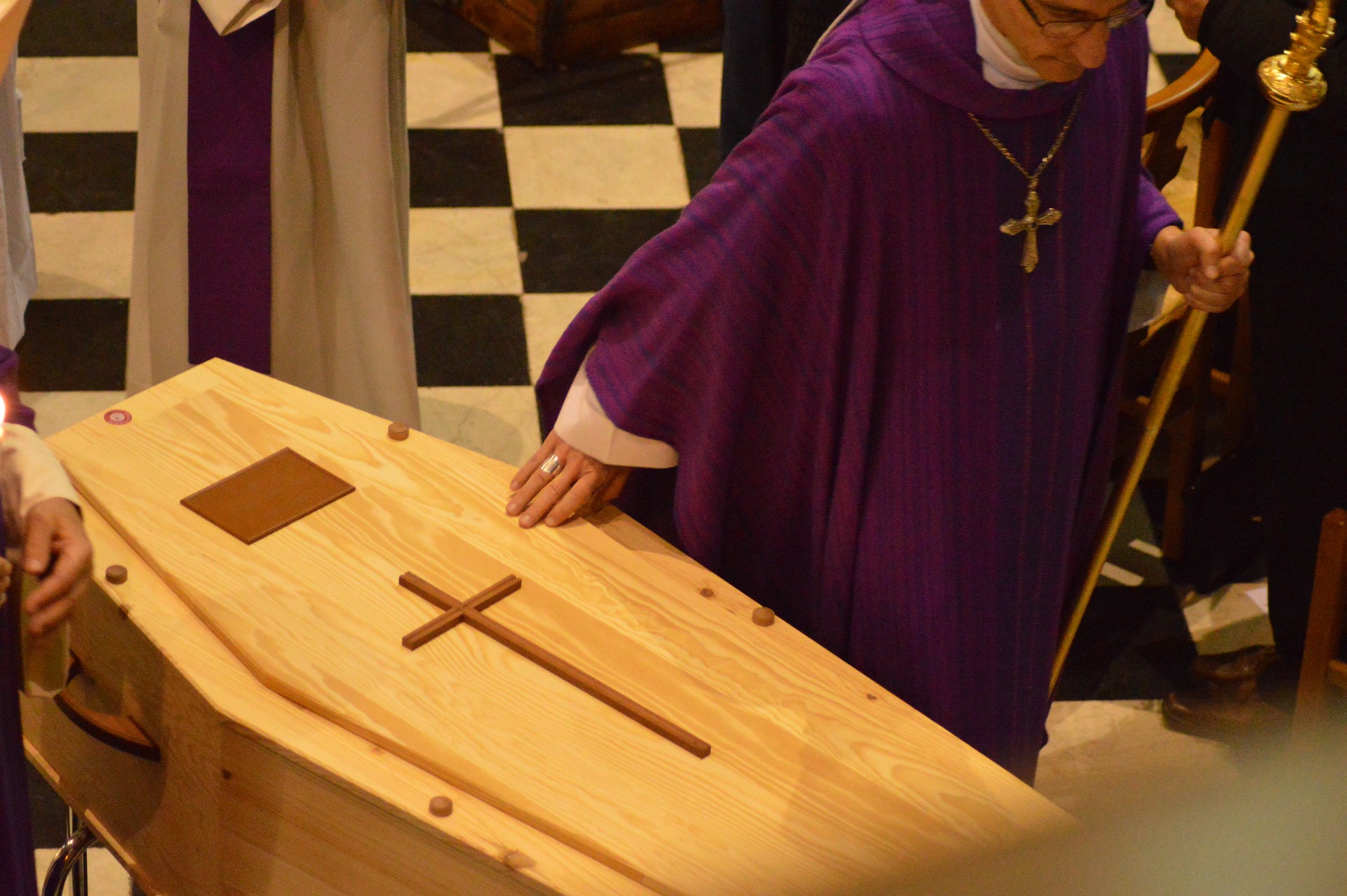Doctrine
What happens when A Catholic Priest dies and their Burial
When a Catholic Priest dies, the Catholic Church follows a number of rituals and traditions to honor the deceased and support the community. These practices may vary slightly depending on the specific circumstances of the Priest’s death and the area in which he served, but some general elements are generally followed.
One of the first steps that is taken when a Catholic priest dies is to inform the Bishop of the diocese in which the Priest served. The Bishop is responsible for overseeing the pastoral care of the community and ensuring that the necessary arrangements are made for the funeral and any other ceremonies that may be held in honor of the deceased Priest.
The funeral Mass for a Catholic Priest is typically held in the church where the Priest served, and it is led by the Bishop or a representative of the bishop. The Mass is a time for the community to come together to pray, remember the deceased Priest, and offer support to one another. During the Mass, eulogies may be given by friends, family members, or colleagues of the priest, and hymns and other music may be played.
A Catholic priest is typically dressed in their clerical attire for their burial. This typically includes a black cassock (a long, flowing garment worn by clergy), a white surplice (a type of sleeveless, white outer garment), and a black stole (a long, narrow band of fabric worn around the neck). Some Priests may also wear a black biretta (a square, three-cornered hat) or a black zucchetto (a small, round, skullcap-like head covering).
During the funeral Mass, the Priest’s body is typically placed in a casket and the casket is draped with a white pall (a large, square piece of fabric). The pall is a symbol of the Christian’s belief in the resurrection of the body and serves to cover the casket in a dignified manner.
The priest’s body is positioned differently during Mass. For a lay person, once the pall is laid over the body, the casket is turned so that their feet are towards the altar and their head by the doors. Priests and deacons are turned opposite so that, if the casket were to stand on its end, their body would face the people. It’s all about how you stood at Mass when you were alive and as this position reflects the priest’s role as a mediator between God and the people.
It is also common for the Priest’s hands to be placed on top of a missal (a book containing the texts for Mass) during the funeral Mass. This is a symbol of the Priest’s role as a servant of the Word of God and a minister of the sacraments.
After the funeral Mass, the Priest’s body is typically buried in a cemetery. At the graveside, the priest’s body may be covered with a white shroud, which is a symbol of the Christian’s belief in the resurrection of the body and the purity of the soul. The shroud is typically removed before the body is placed in the grave, at which point the casket is usually closed and sealed.
In addition to the funeral Mass, other ceremonies and rituals may be held to honor the deceased Priest. For example, a vigil service may be held the evening before the funeral, and a wake or visitation may be held for friends and family to pay their respects. In some cases, a Mass of Christian burial may also be held, which is a liturgical service that includes the offering of the Eucharist.
Overall, the way in which a Catholic priest is dressed for their burial reflects the dignity and respect with which the Church honors the deceased, as well as the priest’s role as a servant of God and a minister of the sacraments.
About Author
































